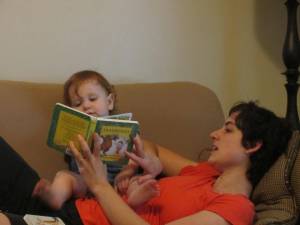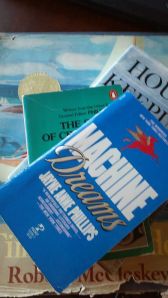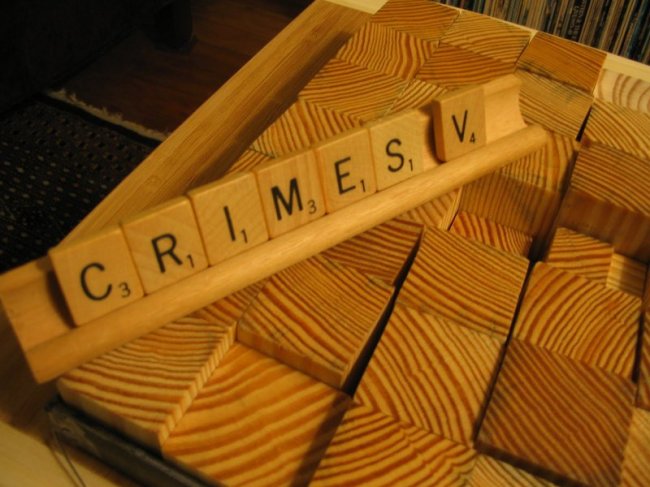Abel and Beatrice are best friends and neighbors. Abel grows apples. Beatrice raises bees. They get along perfectly – until a sting and a misunderstanding escalate into a feud.
That’s the premise of my picture book, BEES IN THE TREES, which Scholastic Press has scheduled for release in Spring 2017, with illustrations by the wonderful Blanca Gomez.
When I first conceived of the story, more than 20 years ago, I sketched cartoons of my characters. Abel was as roly-poly as an apple, with my dad’s male-pattern baldness and glasses, and an unlikely bow tie. Beatrice was brittle, with pointy features and a penchant for wearing stripes.
My words don’t mention either Abel or Beatrice’s appearance. The way they look doesn’t figure in the story, and in a picture book, you can’t spare any unnecessary words. But those early sketches stuck in my mind. Through draft after draft, revision after revision and decade after decade, as I have been waiting for an artist to give my characters life, I have pictured roly-poly Abel and brittle Beatrice.
Imagine my surprise, then, when I recently saw Blanca Gomez’s first sketches for the book, and discovered that all this time I’ve picturing Abel and Beatrice wrong. He is actually a skittery mouse, and she is a roly-poly bear.
But wait! Some of you may be thinking. Can she do that? Isn’t it your story? If you had wanted them to be a mouse and a bear, wouldn’t you have said so? And shouldn’t she have at least asked your permission?
To which I say, yes, maybe, and no.
I started the story with my words, but it won’t be complete until her pictures are. And the finished book will be a marriage of my words and her pictures that will belong to her as much as it belongs to me. That’s the contract a picture book writer makes in her mind when she sets down her first sentence – if an artist will agree to turn my words into pictures, I will give her a half share in the story’s creation.
This process of sharing begins when the picture book writer decides which details to spell out, and which to leave for the illustrator to fill in. My mental picture of Abel and Beatrice had nothing to do with the story. So I saved my words for the essentials.
The sharing process continues when an editor gets involved. My original manuscript included several sentences listing various pieces of junk. Tracy Mack, my editor at Scholastic, suggested leaving those out, to give the artist freer reign. The advice made sense to me. I didn’t want to hamstring the artist. And at that point in the story would have a stronger impact if it had fewer words, and gave the reader time to quietly study the details in the picture and maybe list them aloud herself.
As Blanca’s art takes further shape, the sharing process will move into yet another phase. I’ll undoubtedly discover more truths about my story, and Tracy is likely to make more editorial suggestions to make a more perfect union between the pictures and the words.
And the sharing process won’t end there. Once BEES IN THE TREES has become a real book and readers get their hands on it, they will also share in the story’s creation. Each time a parent reads Abel’s dialogue in a special funny voice and Beatrice’s in another – each time a child searches out a certain detail on a certain page – each time the book makes someone think about apples and bees and friends and feuds – the story will become theirs as well.
And that’s the whole point of writing a picture book.












